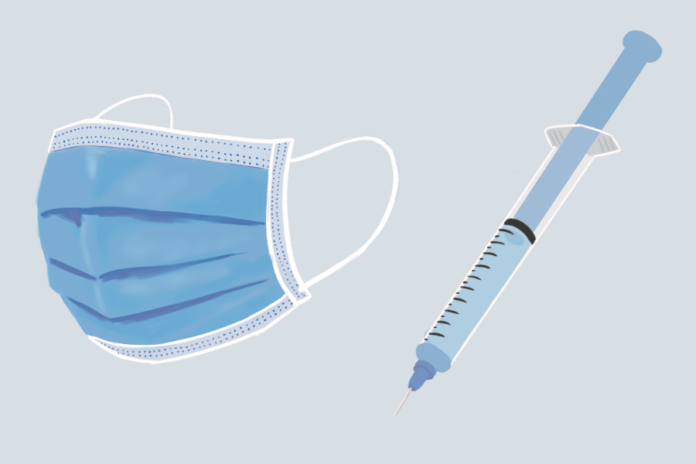Positron emission tomography is allowing scientists to study how viral infections affect T cells
By KATIE HELLMAN — science@theaggie.org
Positron emission tomography (PET) is a technique used by scientists and medical professionals to better understand various body systems. It utilizes a tracer, which is a radioactive drug, to get a clearer image of metabolic activity.
UC Davis scientists are using PET to analyze the impact of COVID-19 on the immune systems of recovering patients. These studies could lead to increased knowledge of how the body responds to infection and pave the way toward advancements in the field of immunology.
“Understanding the adaptive immune response to viral infections and subsequent immunological memory is critical for the development of vaccines and therapeutic options,” the study, published in Science Advances, reads. “Most of the immune cells involved in the adaptive immune response and immunological memory reside and function in tissue, particularly in lymphoid organs such as the bone marrow, spleen, tonsils, and lymph nodes.”
The uEXPLORER is a total-body PET scanner developed by UC Davis scientists along with United Imaging Healthcare. It allows for both dynamic imaging and kinetic modeling in organs throughout the body and produces higher-quality images than traditional PET scans.
“Because it captures radiation far more efficiently than other scanners, EXPLORER can produce an image in as little as one second and, over time, produce movies that track specially tagged drugs as they move around the body,” an article by UC Davis Health states. “The developers expect the technology will have countless applications – from improving diagnostics and tracking disease progression to researching new drug therapies – and ultimately a profound impact on clinical research and care.”
The research focuses on the use of PET to measure the distribution of CD8+ T cells in humans, which become activated during a viral infection in order to locate and kill infected cells. A portion of these T cells become antigen-specific memory T cells that protect against reinfection long-term, and they are typically found in non-blood tissues.
The study consisted of three healthy participants and five patients recovering from COVID-19 with mild symptoms of infection. The participants were then injected with radioactive liquid to target CD8, which was followed by a 90-minute scan, a 60-minute scan after six hours, and then another 60-minute scan after 48 hours. The patients recovering from infection repeated these scans after an additional four months.
Researchers discovered that there was a high uptake of CD8+ T cells in the lymphoid organs of the eight participants, mainly in the spleen but also in the bone marrow, liver, tonsils and lymph nodes. Furthermore, CD8+ T cell concentrations were much higher in the bone marrow of recovering patients than they were in the healthy individuals. The additional imaging obtained after six months showed that these concentrations had increased from their levels during baseline scans.
Negar Omidvari, first author of the study and assistant project scientist in the UC Davis Department of Biomedical Engineering, commented on the significance of the findings in an interview with UC Davis Health.
“Bone marrow has been identified as a major pool and the preferred site for proliferation of memory CD8+ T cells following a viral infection,” Omidvari said. “This trafficking of memory T cells to certain tissues like the bone marrow is critical to developing immune memory after viral infection.”
The PET techniques utilized for this study have multiple applications in the medical field; this includes the study of immune response following infection, immune memory, treatment response in cancer patients and the development of future vaccines.
Written by: Katie Hellman — science@theaggie.org





